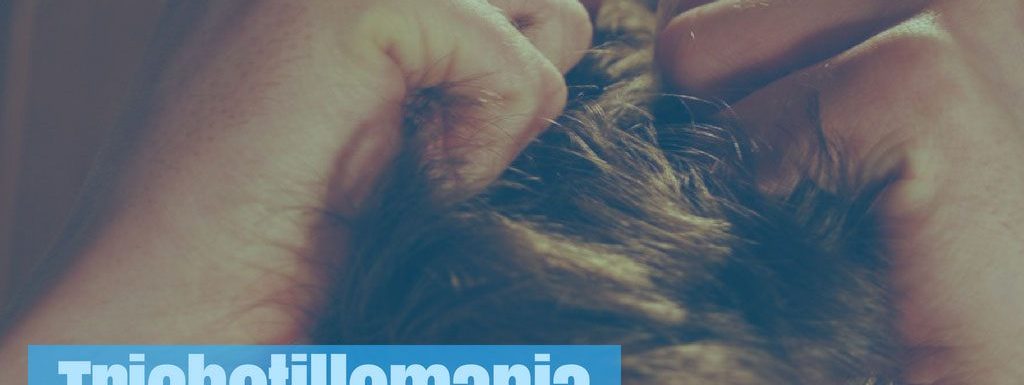Trichotillomania is a mental health disorder that currently affects about 1-3 percent of the US population. A person who suffers from trichotillomania will suffer from the irresistible urge to pull out his or her own body hair. The hair that is pulled will typically be from the face, eyebrows, eyelashes or scalp, all of which will leave scabs, sores and scars in the affected areas.
People who suffer from trichotillomania will face many challenges, as they struggle to cope with the irresistible urge to pull out their own hair. For example, a person with trichotillomania will suffer from detrimental effects to their physical health, as they deal with hair loss, body sores, scabs, scars, and sometimes even infections and ingrown hairs. A person with trichotillomania also has an increased risk of experiencing permanent hair loss and damage to the follicles of the affected areas.
There is also an impact on a person’s mental health. A person with trichotillomania will suffer from self-esteem issues and self-image issues. He or she will also struggle to cope with emotions and emotional upset, and will not learn how to properly cope with negative emotions like anxiety, stress, depression and anger.
Why Does A Person With Trichotillomania Pull Out His Or Her Own Hair?
It is unknown why a person with trichotillomania suffers from the irresistible urge to pull out his or her own hair. However, professionals have developed the understanding that for people with trichotillomania tend to pull out their hair in reaction to stress. Most people with trichotillomania suffer from at least one other mental health disorder, like:
- Anxiety

- Depression
- Obsessive-compulsive disorder
- Impulse-control disorders
- Intermittent explosive disorder
- Posttraumatic stress disorder
Each of these disorders creates a significant amount of stress for the affected person. As a result, it is assumed that the act of pulling hair out is cathartic to those who are affected by trichotillomania. For those who are affected by the disorder, pulling out hair is the only way to relieve the feelings of stress and anxiety that come from their own emotional upset.
What Are The Causes Of Trichotillomania?
It is unknown what causes a person to develop trichotillomania. However, evidence shows that trichotillomania is closely related to anxiety, and is considered an impulse-control disorder. An impulse control disorder is a disorder in which a person struggles to resist urges to act out in self-destructive ways. In the case of trichotillomania, a person will struggle to resist the urge to pull out his or her own hair, despite the pain and emotional upset it causes. For those with trichotillomania, giving in to that impulse to pull out hair brings an overwhelming sense of relief. However, that sense of relief is temporary and only creates a feeling of relief for about 15 minutes, before causing the affected person to return to a state of anxiety and emotional turmoil.
Even though the causes of trichotillomania are unknown, there are risk factors that have been found to put a person at higher risk of developing trichotillomania.
Such risk factors of trichotillomania include:
- A family history of trichotillomania.
- A family history of anxiety or obsessive-compulsive disorder
- A family history of impulse-control related disorders
- Poor stress management skills
- Poor emotional awareness
- Being between the ages of 9 and 13 (most cases of trichotillomania develop in this age range, but it could develop at any time during a person’s life.)
- Hormonal imbalances
Each of these risk factors will put a person at higher risk of developing trichotillomania than a person who does not suffer from such factors and life stressors. However, if a person does suffer from one or more of these disorders, it does not mean that he or she is going to develop trichotillomania. These risk factors only raise the chances of an affected person developing the disorder higher than those who do not suffer from these factors.
Living with trichotillomania is not easy, as it causes physical and emotional pain and distress. Fortunately, trichotillomania is treatable. With proper treatment and intervention, a person with trichotillomania can learn how to manage symptoms and take control of the impulse to pull out his or her hair. For more info about trichotillomania and treatment options, visit trichstop.com

Leave a Reply